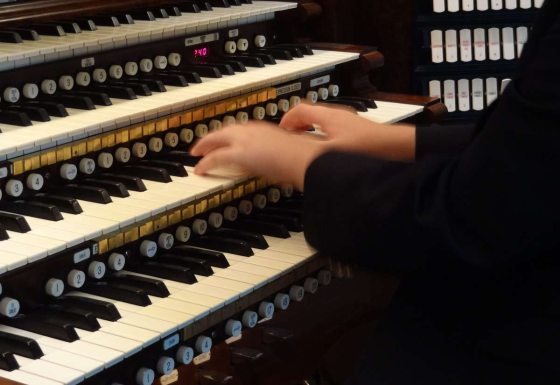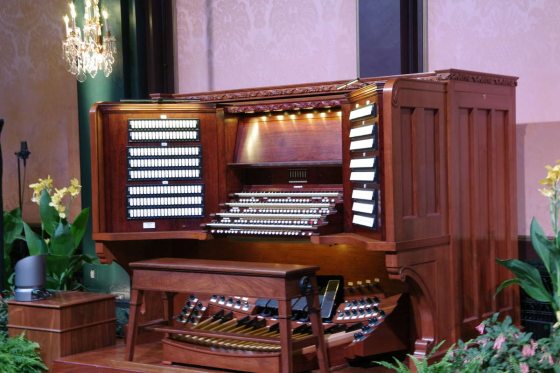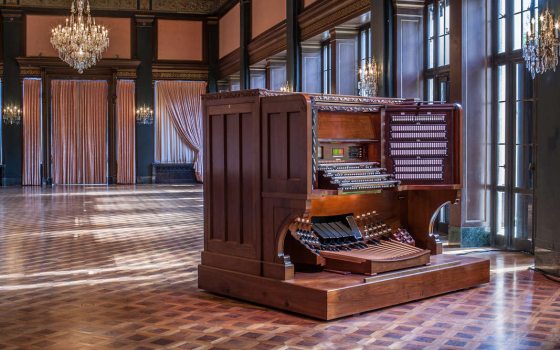Editor’s Note: Regarded around the world as one of today’s finest concert organists, Todd Wilson is head of the organ department at The Cleveland Institute of Music and director of music at Trinity Episcopal Cathedral in Cleveland, OH. He also serves as curator of the E.M. Skinner pipe organ at Severance Hall (home of The Cleveland Orchestra).
As the head judge for the upcoming 2019 Longwood Gardens International Organ Competition, I’m looking forward to hearing 10 immensely talented competitors perform on The Longwood Organ. Highly developed yet relaxed technical ability will be a given for our competitors, but I, along with the other members of the jury, will be looking for more than technical ability. We’ll be looking for competitors’ level of technique in making music—a special quality that requires more than just the ability to play lots of notes.

In addition to technique, we’ll want to get a sense of each competitor’s style. Varied stylistic approaches to music from different periods involve articulation, phrasing, registration (choice of stops), use of rubato (slight alteration of the tempo), and many other subtle qualities that make music such a subjective art. We look forward to hearing a wide range of works by Bach, Buxtehude, Debussy, Wagner, and many other composers over the course of the competition.
Notes are the syllables that make up musical sentences (phrases) and paragraphs. Just as no two actors would read a Shakespeare passage in the same way, no two musicians will play the same piece with identical pacing or inflection. The fact that each person feels and senses these things differently gives each player distinctive personality. We on the jury will be listening for each competitor’s ability to project shape and line; in other words, the ability to make the organ sing!

The process of deciding how they “register” each piece, with its varying moods and textures, is one of the special skills of the organist. The Longwood Organ affords a vast number of options for sound at any point in a piece of music. Think of an artist’s palette that contains not three shades but 50 shades of each color – that’s The Longwood Organ. We’ll be listening for each competitor’s ear for color and variety, and the ability to fully utilize the vast tonal resources of the 146-rank Aeolian pipe organ.
A discerning ear and the ability to find one’s way around a large and somewhat specialized console are noteworthy qualities. Some organists have a natural propensity in that direction. For all of us, these abilities are refined over time and with extensive performing experience. The Longwood Organ console has just been completely renovated and now provides more versatility than ever in utilizing the immense tonal resources of this incredible instrument.

As you can tell, the members of the jury have a demanding and rewarding task. We will need to bring to it alert and well-rested minds and ears in order to compare accurately the individual characteristics of each player. A knowledge of the tonal ingredients of the instrument is essential for judging with a complete understanding of how each competitor is using the organ. In preparing for my performance at Longwood last February I had the chance to spend hours with the organ, gaining knowledge that will be indispensable in my own judging.
Being at Longwood and playing that amazing organ for a week will be a terrific and memorable experience for the competitors. For us on the jury, it will be a real privilege to hear these young musicians make the organ sing. Tickets are available for the Preliminary Rounds.
Can’t be here to experience the Longwood Gardens International Organ Competition in person? Tune in to our competition livestream.

